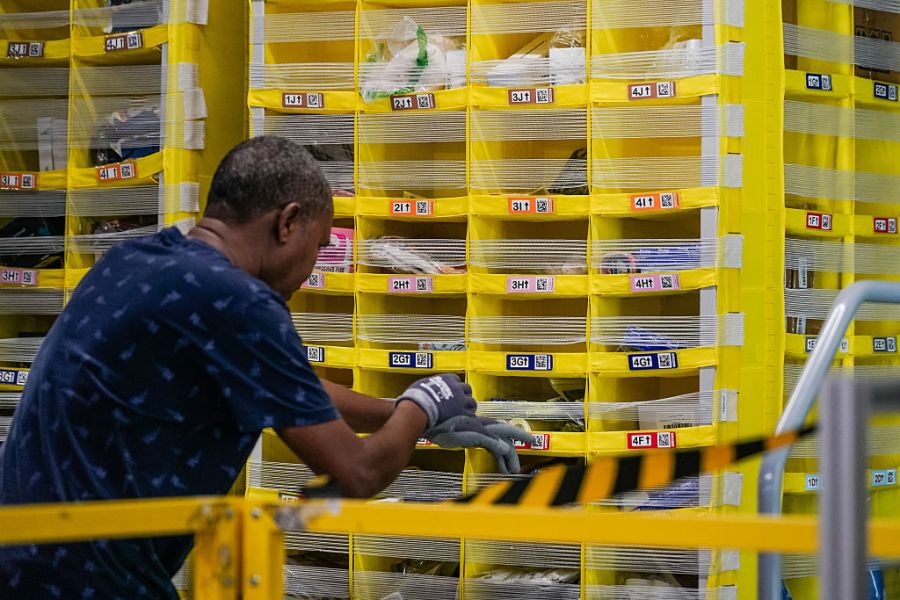UPDATE: Amazon’s ambitious automation strategy could replace up to 600,000 U.S. jobs by 2033, as reported by The New York Times. The e-commerce giant’s internal documents reveal plans to avoid hiring over 160,000 workers by 2027 through the use of advanced robotics, significantly impacting the workforce landscape.
This move, aimed at cutting costs by approximately 30 cents per product, coincides with Amazon’s goal to double its sales volume. Recent reports indicate that the company’s robotics team is targeting a staggering 75% automation rate across its operations, raising concerns about the future of human employment in its warehouses.
Amazon is already witnessing a surge in automation, having deployed its 1 millionth robot across its facilities just this past June. CEO Andy Jassy has indicated that these technological advancements are expected to reduce the company’s overall workforce due to efficiency gains.
In response to the leaked documents, Amazon spokesperson Kelly Nantel stated that the information presents a “misleading picture” of the company’s hiring strategy. She emphasized that Amazon has created more jobs in America over the past decade than any other company and recently announced plans to fill 250,000 positions for the upcoming holiday season.
However, the implications of this automation push have drawn criticism. Senator Bernie Sanders reacted strongly to the report, warning that “Big Tech oligarchs are coming for your job.” Earlier this month, he released a report highlighting the potential for AI and automation to eliminate nearly 100 million U.S. jobs within the next decade.
Amazon’s strategy includes managing public perception, with internal discussions suggesting they may avoid terms like “automation” and “AI” in favor of phrases like “advanced technology.” The company is also reportedly considering sponsorship of community events, such as parades and Toys for Tots, to bolster its image as a “good corporate citizen.”
While some studies indicate the AI job crisis has not yet fully materialized, the narrative surrounding automation continues to evolve. Research from the Yale University Budget Lab and the Brookings Institution suggests that generative AI has not significantly impacted employment since the launch of ChatGPT in November 2022.
As the situation develops, attention will focus on how Amazon implements its automation strategy and the potential fallout for workers. The urgency of this transition raises critical questions about the future of employment in an increasingly automated world.
Stay tuned for further updates as this story unfolds.







